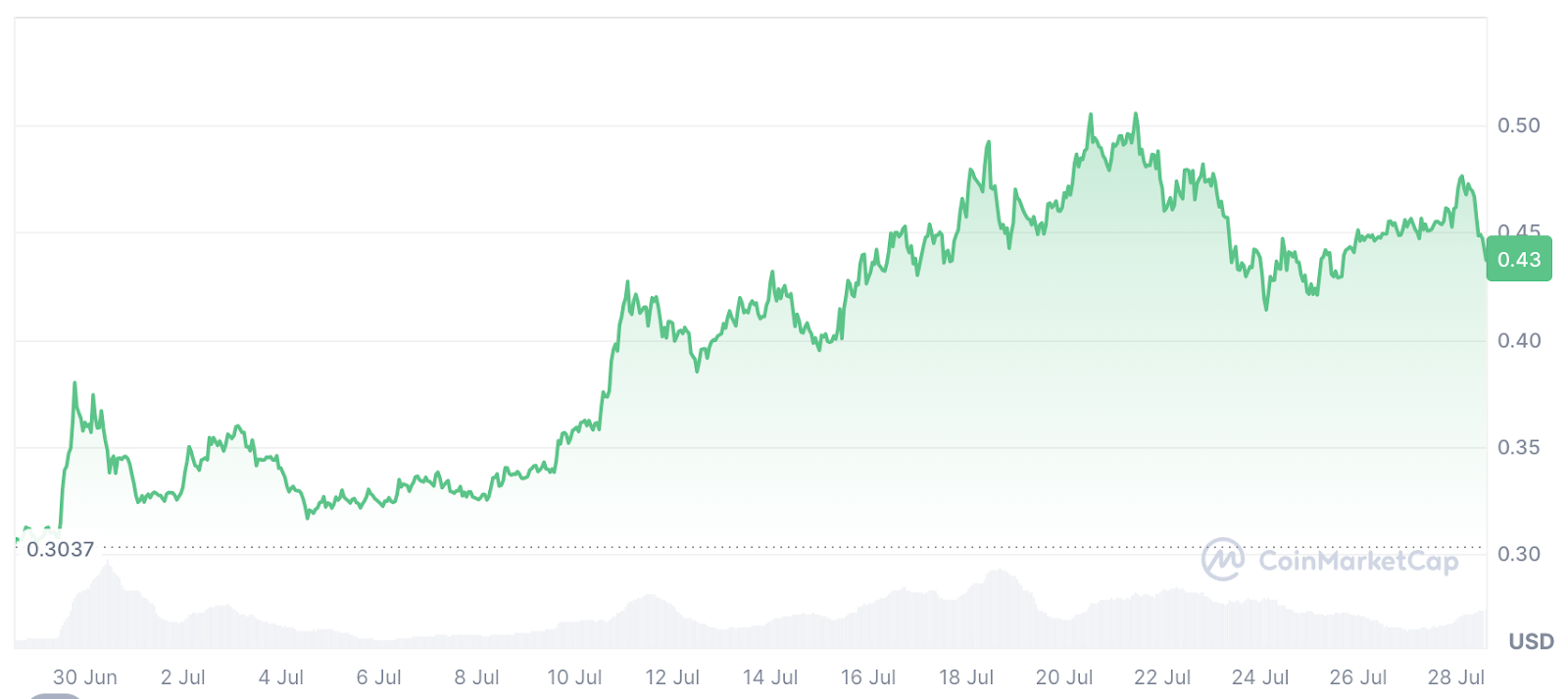
Western Union is positioning itself for a new phase of digital transformation, signaling strong interest in using stablecoins to modernize its global remittance operations.
Key Takeaways:
- Western Union is exploring stablecoins to reduce remittance costs and improve service.
- The company is running settlement pilots and considering a crypto wallet.
- The GENIUS Act passage could pave the way for a broader shift toward digital dollar adoption.
Speaking to Bloomberg on Tuesday, CEO Devin McGranahan outlined how stablecoins could streamline cross-border transfers, improve currency conversion in underserved markets, and provide financial tools for populations grappling with unstable local currencies.
“We see stablecoins really as an opportunity, not as a threat,” McGranahan said, pointing to ongoing pilot programs in South America and Africa.
Western Union Pilots New Settlement Models
The remittance heavyweight is testing new settlement models and exploring partnerships with infrastructure firms to accelerate foreign exchange processes and reduce the cost and time involved in sending money internationally.
The remarks come amid a broader wave of interest in digital dollar equivalents, spurred by increasing regulatory clarity.
Last week, U.S. President Donald Trump signed the GENIUS Act into law, establishing a federal framework for the issuance and use of stablecoins.
The law is already shifting the momentum among banks, fintechs, and traditional finance institutions, many of which had previously been hesitant to engage due to legal uncertainties.
Western Union’s approach appears multifaceted. In addition to settlement pilots, the company is considering integrating crypto on- and off-ramp capabilities and even launching its own stablecoin wallet for specific jurisdictions.
These initiatives aim to cater to regions where banking access is limited, but mobile phone penetration remains high.
Stablecoins are also gaining ground for their cost-efficiency. The global average remittance fee still hovers around 6.6%, well above the UN’s 3% target.
However, not everyone is on board. Senator Elizabeth Warren warned that private firms launching stablecoins could lead to privacy invasions and systemic risks.
“Then they’ll come begging for a bailout when it inevitably blows up,” she said.
Despite such concerns, interest from global corporations, including Amazon, Walmart, and Chinese giants like JD.com and Alipay, suggests the race is well underway.
Stablecoins Edge Closer to Mainstream Adoption
Stablecoins have emerged as one of crypto’s rare success stories, capturing the attention of corporations and regulators alike.
Frank Combay of Next Generation said regulatory clarity, especially Europe’s MiCA framework, has unlocked stablecoins’ growth potential by removing the biggest barrier: uncertainty.
He believes stablecoin ecosystems can reduce transaction costs by over 90% and are becoming increasingly attractive to both consumers and corporations.
Last week, Ripple CEO Brad Garlinghouse said the stablecoin sector is poised for explosive growth, projecting the market could balloon from its current $250 billion capitalization to as much as $2 trillion in the near future.
“Many people think it will reach $1 to $2 trillion in a handful of years,” Garlinghouse said, adding that Ripple is positioned to benefit from that trajectory.





